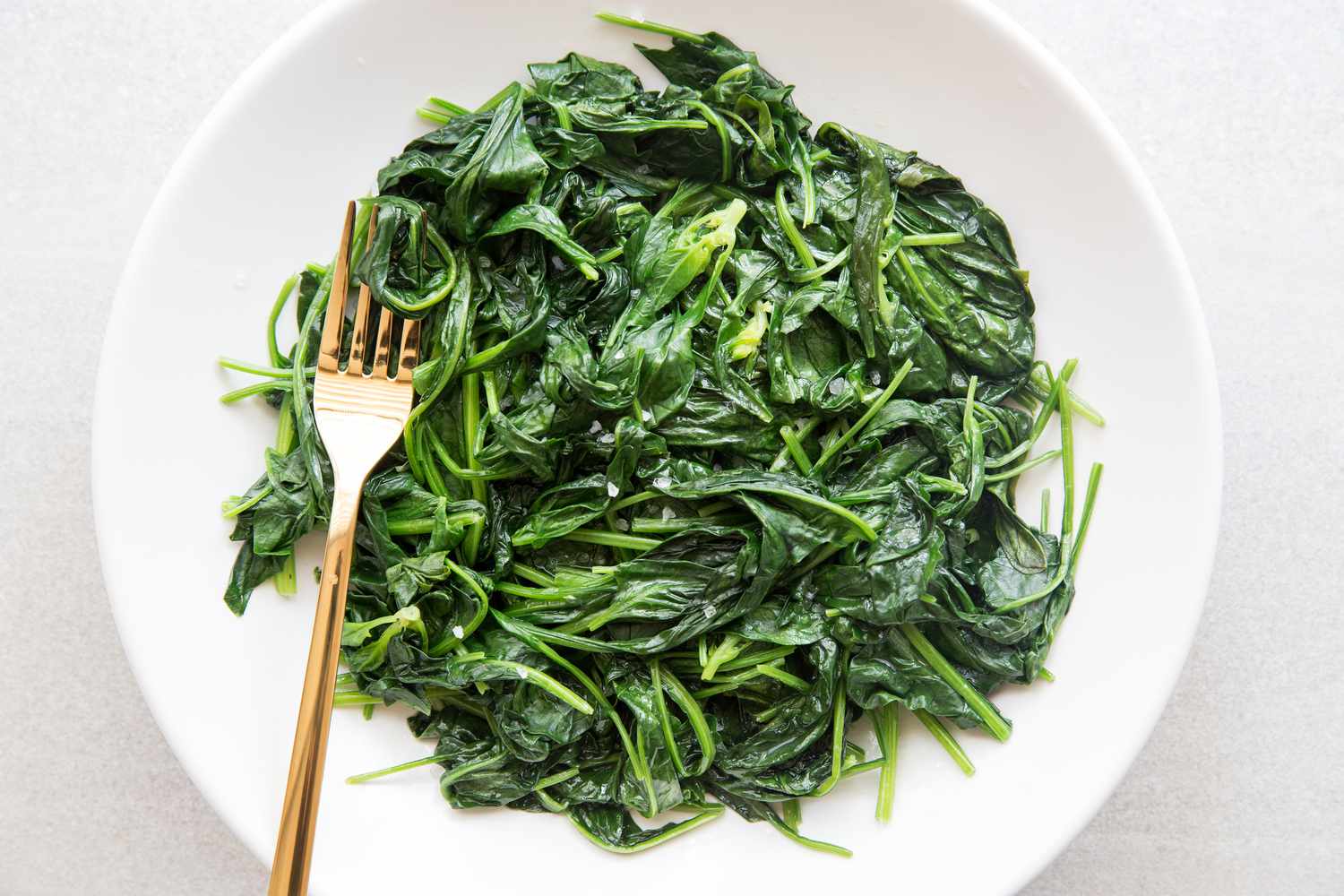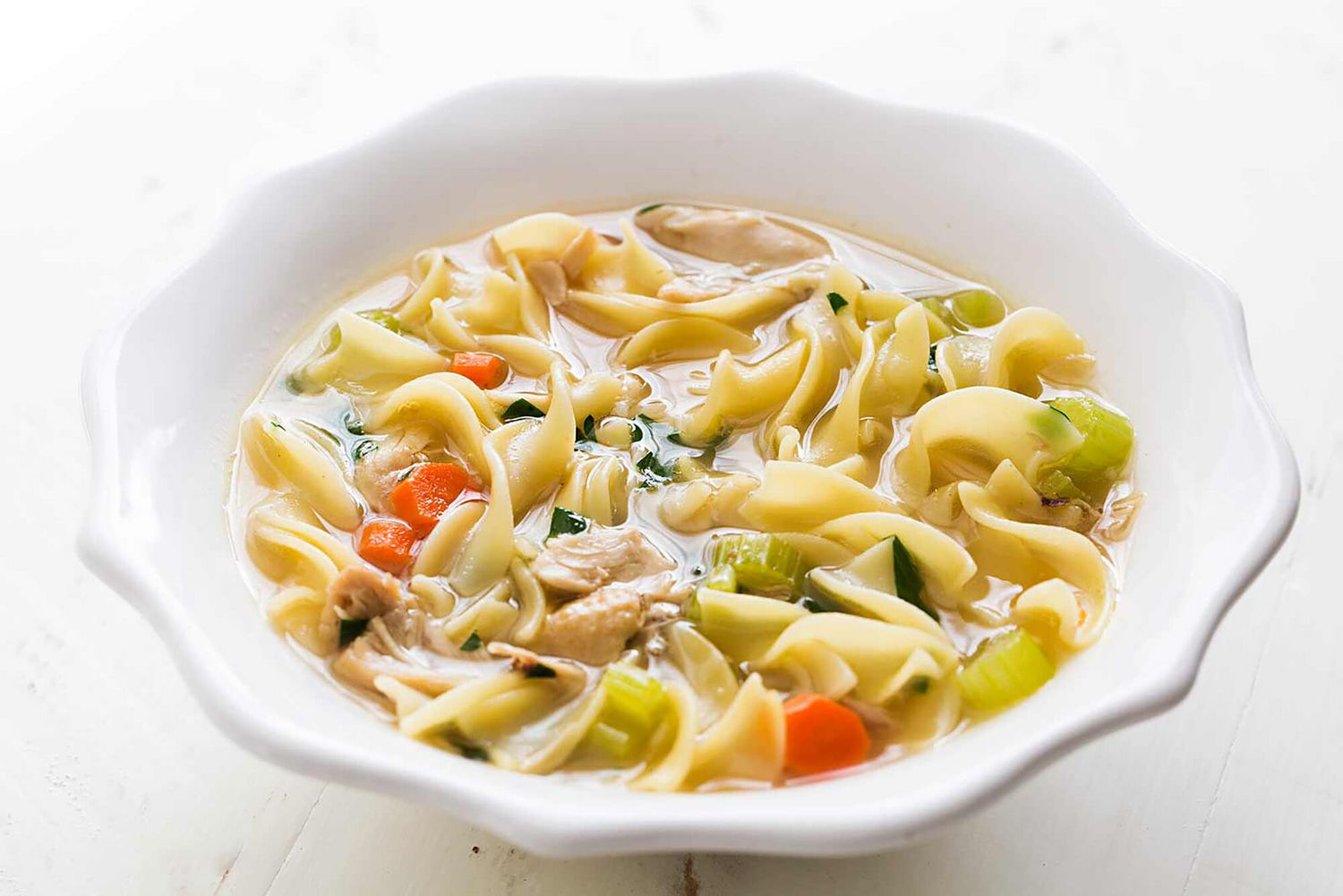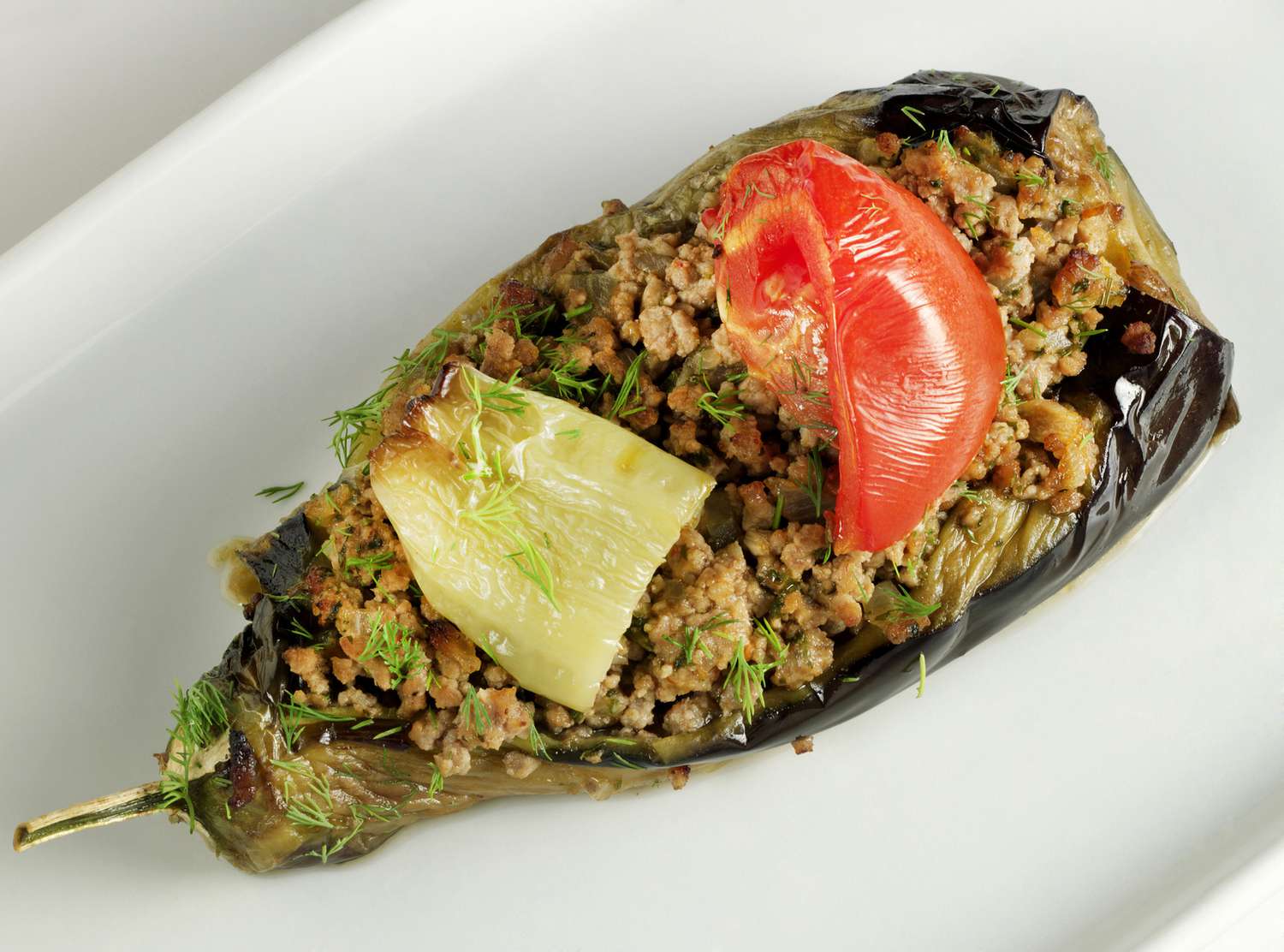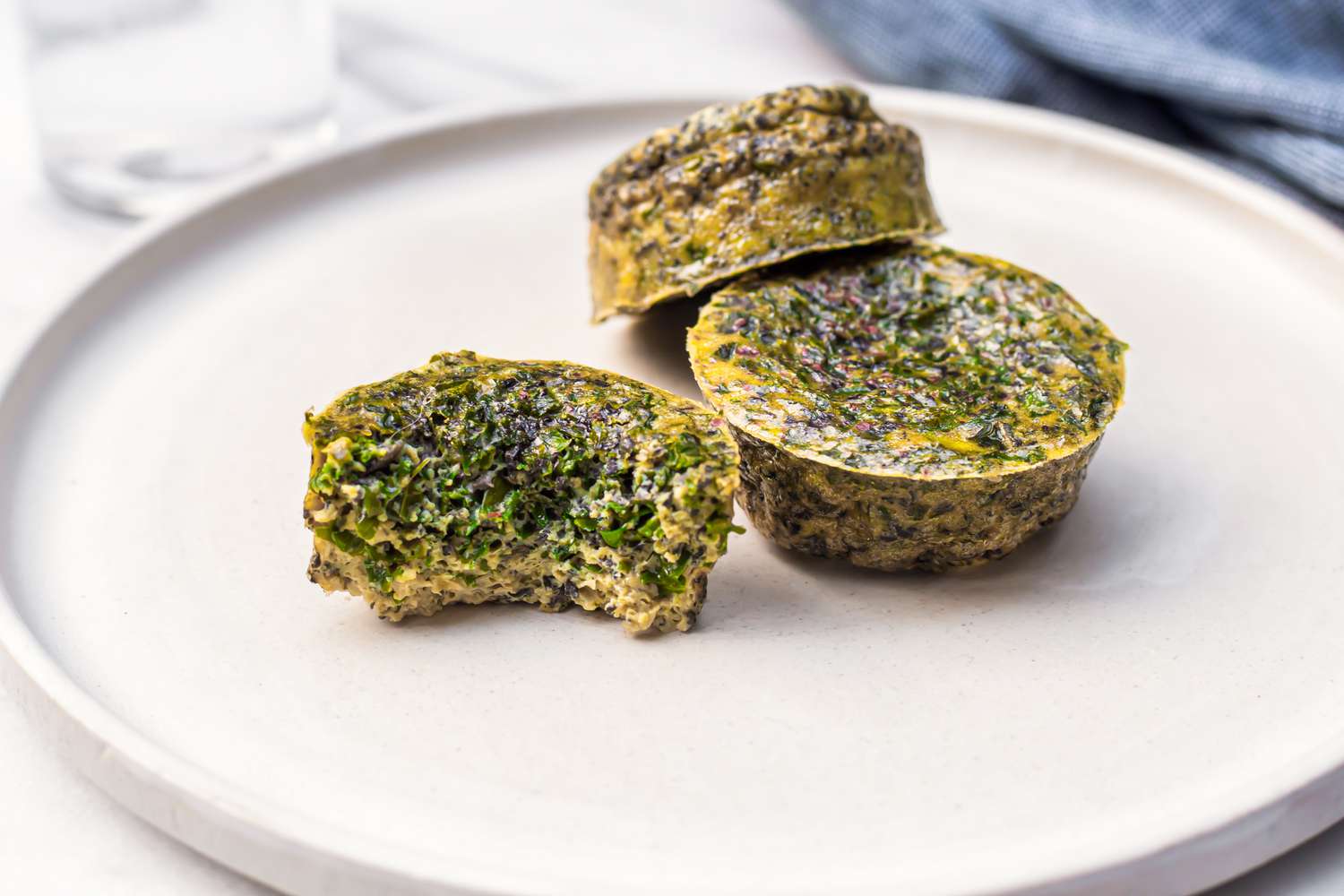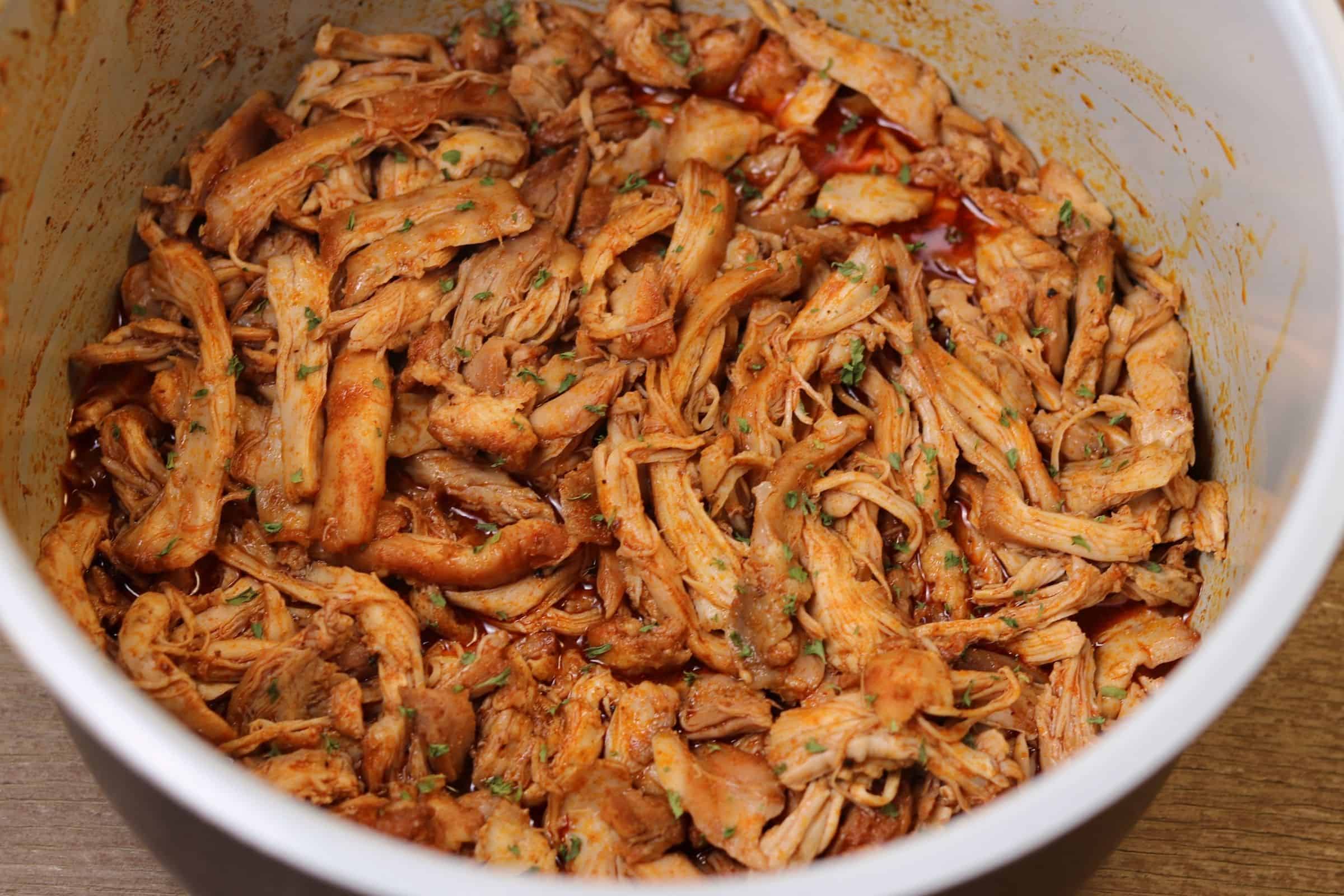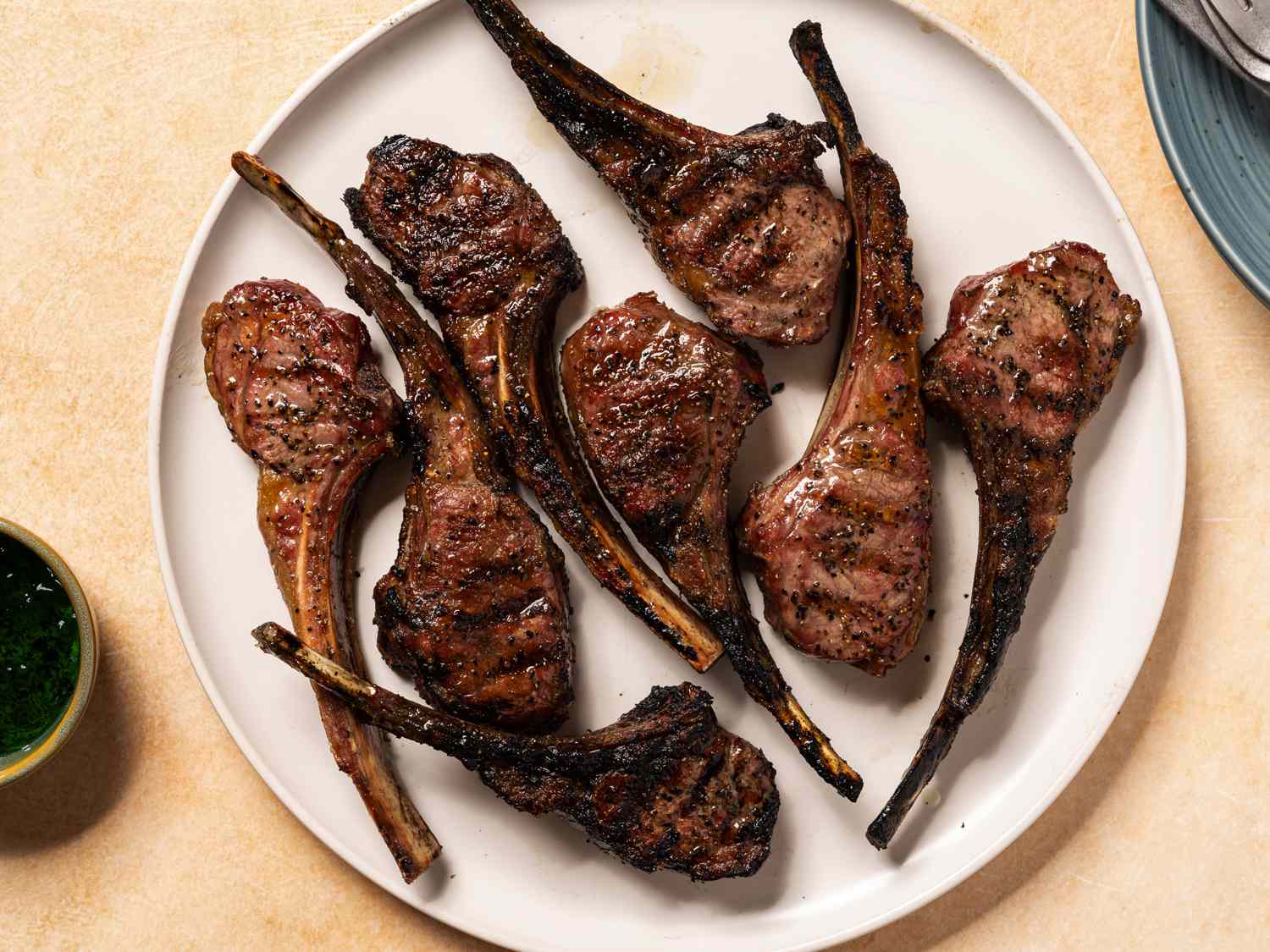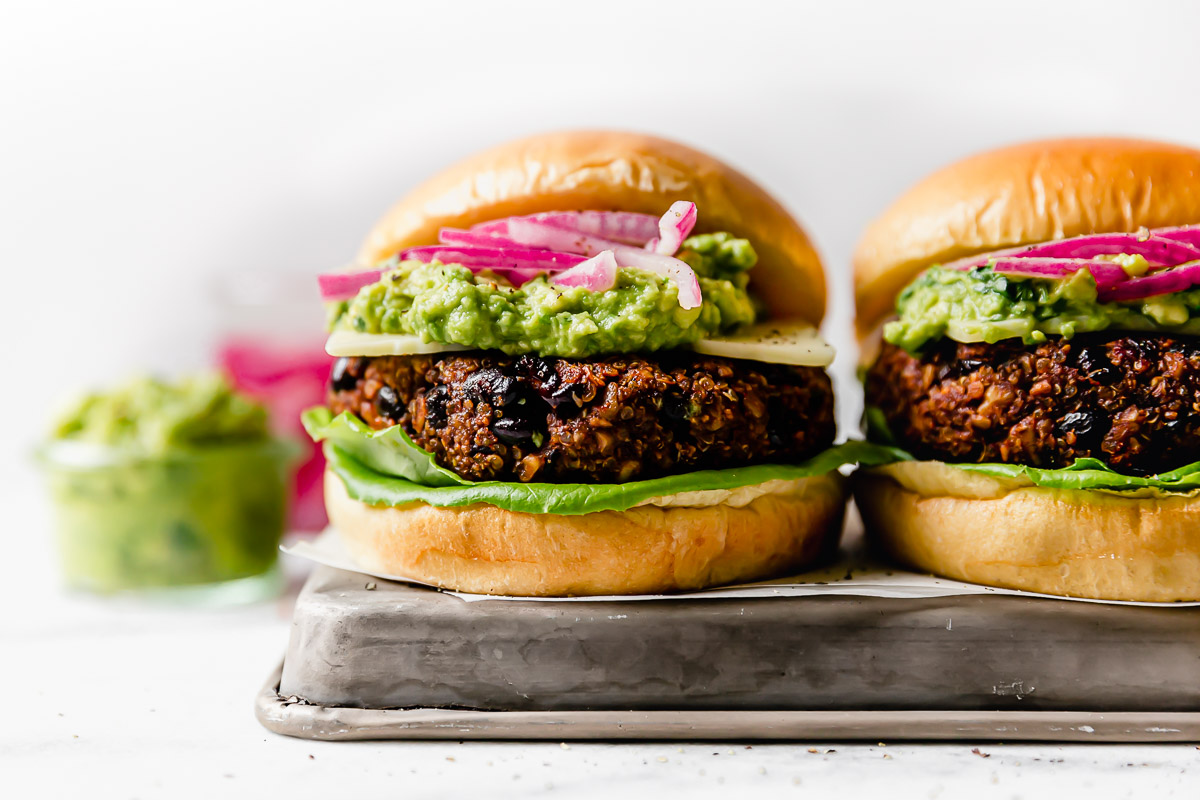Tasty and Crispy: How to Cook Frozen Broccoli to Perfection
If you’re a fan of healthy and convenient meals, chances are you have a bag of frozen broccoli in your freezer. Frozen broccoli is a great option for those busy days when you don’t have time to hit the grocery store or chop fresh vegetables. However, there’s nothing worse than ending up with a pile of mushy broccoli on your plate. No worries, we’ve got you covered! In this article, we’ll share some simple tricks to cook frozen broccoli so it’s not mushy but instead becomes tasty, crispy, and full of flavor.
1. Thaw Before Cooking
Start by allowing your frozen broccoli to thaw before cooking. This step is crucial to ensure that the broccoli doesn’t release excess moisture during the cooking process, resulting in a mushy texture. Simply transfer the frozen broccoli to a colander and let it sit at room temperature for about 30 minutes to thaw. Make sure to discard any excess water before proceeding to the next step.
2. Roast it to Perfection
Roasting is a fantastic method to bring out the natural flavors of frozen broccoli while maintaining its crispiness. Preheat your oven to 425°F (220°C) and line a baking sheet with parchment paper or foil. Spread the thawed broccoli florets evenly on the baking sheet. Drizzle some olive oil over the broccoli and season with your favorite spices, such as garlic powder, paprika, or Italian seasoning. Toss the broccoli gently to coat it with the seasoning. Roast in the oven for around 20-25 minutes, or until the florets are tender but still slightly firm. The high heat will help to evaporate excess moisture, leaving you with perfectly crispy broccoli.
3. Sauté for a Quick Fix
If you’re short on time, sautéing frozen broccoli is a great option. Heat some olive oil or butter in a skillet over medium heat. Once the oil is hot, add the thawed broccoli and sauté for about 5-7 minutes, stirring occasionally. You can also add some minced garlic or onions for extra flavor. The quick cooking time will help preserve the broccoli’s texture and ensure it doesn’t become mushy.
4. Steam for a Healthier Option
Steaming is a gentle cooking method that retains the nutritional value of frozen broccoli while keeping it crisp. Fill a pot with about an inch of water and bring it to a boil. Place the thawed broccoli in a steamer basket or colander, ensuring it is above the water level. Cover the pot with a lid and steam the broccoli for approximately 5-7 minutes, or until tender-crisp. The steam will cook the broccoli evenly without causing it to turn mushy.
5. Try a Stir-fry
Stir-frying frozen broccoli is an excellent way to add some Asian-inspired flavors to your meal while maintaining its crunchiness. Heat some oil in a wok or large skillet over high heat. Once the oil is hot, add the thawed broccoli and your choice of veggies, such as bell peppers, carrots, or snap peas. Stir-fry for about 5 minutes, constantly tossing the vegetables to evenly cook them. Finish off with a splash of soy sauce or a sprinkle of sesame seeds for a delicious and vibrant dish.
By following these simple cooking methods, you can transform your frozen broccoli from a mushy mess to a delightful and crispy side dish. Whether you roast, sauté, steam, or stir-fry, these techniques will ensure that your broccoli remains full of flavor and retains its satisfying crunch. Get creative with seasonings and sauces to add a personal touch to your cooking. Remember to experiment and find your favorite method to keep enjoying the incredible taste and health benefits of broccoli, even when using frozen varieties!
Explore More Delicious Recipes with Frozen Broccoli
Now that you've mastered the art of cooking frozen broccoli without it turning mushy, why not put your skills to the test with some delicious recipes? From savory dinners to delightful side dishes, the culinary possibilities are endless. We recommend trying the Crispy Roasted Broccoli with Parmesan Cheese for a crunchy, cheesy delight that's perfect as a side or snack. If you're in the mood for something hearty, the Broccoli, Chicken, and Rice Skillet Meal offers a complete, flavorful dinner option. For those who enjoy the zest and tang of Asian cuisine, the Thai Peanut Broccoli Stir Fry is a must-try, blending the crunch of broccoli with the rich, nutty flavors of Thai peanut sauce. Each of these dishes showcases the versatile nature of broccoli, making them ideal for both beginners and seasoned chefs looking to expand their vegetable repertoire.
Was this page helpful?
Read Next: How to Cook Thin Steak
